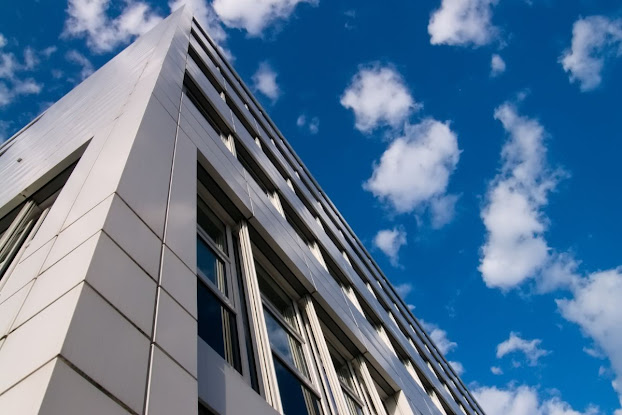Specializing in Metal Cladding & Custom Fabrications
Certainly! Metal cladding and custom fabrications involve a range of processes and applications that enhance both the aesthetic appeal and functional performance of architectural and structural elements. Here’s a detailed look at both aspects:
Metal Cladding
Definition and Purpose:
Metal cladding involves applying a layer of metal to the exterior or interior surfaces of a building or structure. It serves several purposes, including:
- Weather Protection: Metal cladding shields the underlying structure from environmental elements such as rain, wind, and UV radiation.
- Aesthetic Enhancement: It enhances the appearance of buildings, offering a sleek, modern, or even traditional aesthetic depending on the chosen metal and finish.
- Durability: Metals like aluminum, steel, zinc, and copper are commonly used due to their durability and resistance to corrosion.
Types of Metal Cladding:
1. Standing Seam: Vertical metal panels with interlocking seams, creating a continuous appearance with hidden fasteners.
2. Metal Composite Panels (MCP): Sandwich panels with metal skins bonded to a core material like polyethylene, providing versatility and insulation.
3. Rainscreen Systems: Ventilated cladding systems that prevent moisture buildup and improve energy efficiency by creating an air gap between the cladding and the structure.
4. Perforated Metal: Decorative or functional panels with punched holes or patterns, used for sun shading, privacy screens, or architectural detailing.
Installation and Techniques:
- Prefabrication: Many metal cladding systems are prefabricated off-site, allowing for faster installation and reduced on-site labor.
- Customization: Cladding can be customized in terms of color, texture, and shape to suit architectural designs and project requirements.
- Maintenance: Regular cleaning and occasional inspections are typically required to maintain the cladding's appearance and performance over time.
Custom Fabrications
Definition and Applications:
Custom fabrications involve creating bespoke metal components or structures tailored to specific project needs. This can include:
- Architectural Features: Custom metal staircases, railings, canopies, and signage that enhance the building’s design and functionality.
- Structural Elements: Support beams, columns, and trusses fabricated to precise specifications for structural integrity.
- Artistic Installations: Sculptures, art installations, and unique design elements that add artistic flair to public spaces or private developments.
Process and Techniques:
- Design Collaboration: Working closely with architects, engineers, and designers to translate conceptual designs into feasible metal structures.
- Material Selection: Choosing the appropriate metal alloy (e.g., stainless steel, aluminum, brass) based on factors like strength, corrosion resistance, and aesthetic qualities.
- Fabrication Methods: Utilizing cutting-edge techniques such as laser cutting, CNC machining, welding, and forming to craft intricate and durable metal components.
- Finishing Touches: Applying finishes such as powder coating, anodizing, or patination to enhance appearance and protect against wear.
Benefits:
- Customization: Allows for unique design solutions that meet specific project requirements and reflect the client’s vision.
- Quality and Precision: Fabricated components are crafted with high precision, ensuring structural integrity and longevity.
- Integration with Other Materials: Custom fabrications can be integrated seamlessly with other building materials, enhancing overall design coherence.
Conclusion
Metal cladding and custom fabrications play crucial roles in modern architecture and construction, offering aesthetic appeal, durability, and functional benefits. From protecting buildings against the elements to creating bespoke architectural elements, these techniques showcase the versatility and innovation inherent in metalworking industries.

Comments
Post a Comment